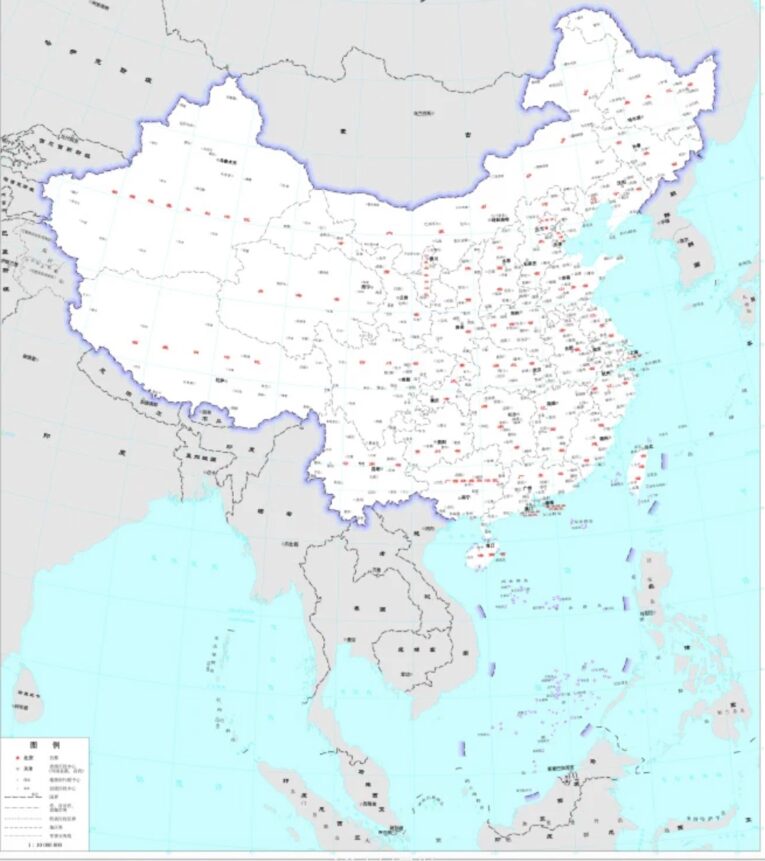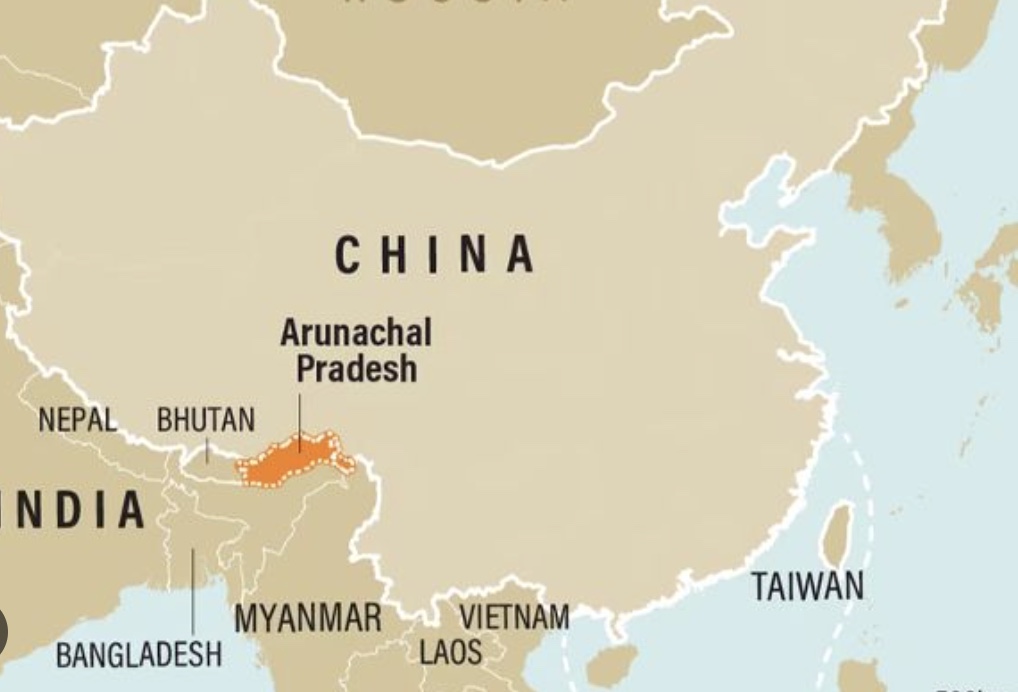On August 28, the Chinese Ministry of Natural Resources published the 2023 edition of the "National Card of China”, an official document that has become a point of reference for the “national sovereignty".

In the extreme north-east of the country, writes Le Monde, China seems to have made the island of its own Bolshoi Ussurisk. Located at the confluence of rivers Amur e Ussuri, this island of about 300 square kilometers has long been at the center of a dispute between Russia and China. In 1929, Russia occupied the island and banned China from sailing on this part of the Amur River, a move Beijing has always contested. In 2004, however, the two countries reached a compromise: the western part of the island reverted to China, which can also navigate the Amur River, but in exchange, Beijing accepted that the eastern part reverted to Russia.
Although the map published on the Ministry's website is not precise enough to show the border clearly, the Ministry has defined its "scope": "The confluence of the Heilongjiang - the Chinese name for Amur - and Ussuri rivers is marked as ballast,” it reads. This confluence is theoretically on Russian territory. Furthermore, the Chinese search engine Baidu Map does not indicate the course of the border located in the center of the island, but has explicitly written in Chinese on the eastern part of the island "Fuyuan Delta", the name of the Chinese district referred to .
However, other countries bordering China have officially protested the publication of this map: India, Malaysia, Vietnam, Philippines and Taiwan, which, according to the document, is an integral part of the People's Republic of China.
INDIA. India has contested the inclusion of the state of Arunachal Pradesh and the Aksai Chin plateau in the document. In April, China already gave Chinese names to a dozen sites in Arunachal Pradesh, one of the XNUMX states that make up India. “Such initiatives on the Chinese side only complicate the resolution of the border issue“said a spokesman for India's Ministry of External Affairs. Perhaps it is because of this dispute that the Chinese president, Xi Jinping, has decided not to participate in the G20, which will be held in New Delhi on September 9 and 10, leaving its prime minister, Li Qiang, with the task of representing China.
MALAYSIA. Another country that has protested is Malaysia, part of whose maritime area has been incorporated by Beijing. The dispute is recurring and Malaysia has made it clear that it does not feel "constrained" by the map. In fact, Shell and the Malaysian oil company Petronas have announced the start of exploitation of the Timi offshore gas field, located off the coast of Malaysia, within the famous "nine-line line" traced in 1947 by Beijing, which China believes defines its territory in the South China Sea. The problem is that this territory represents more than 80% of the South China Sea, disputed not only by neighboring countries but also by part of the international community. For their part, the Philippines stressed that in 2016 the Permanent Court of Arbitration in The Hague ha “invalidated the nine-line line”.
The border dispute has always been the focus of attention in Asia. Until recent years, a conflict in the South China Sea was considered by many experts to be more likely than a conflict centered on Taiwan. It is because of this disagreement that Manila is closing in on Washington and allowing the United States to build new military bases on its territory, especially facing Taiwan.
For its part, Taipei reacted by stating that “Taiwan is a sovereign and independent country and is not related to the People's Republic of China“. Even the Vietnam dispute the map, which “violates his sovereignty” on Spratly and Paracel Islands and part of its sea area. In the face of this protest, the spokesman for the Chinese Ministry of Foreign Affairs on Wednesday 3 August invited the various parties to remain "objective and calm" and not to "overinterpret the issue". However, a law that went into effect in China in 2022 specifies that “the sovereignty and territorial integrity of the People's Republic of China are sacred and inviolable”.
Subscribe to our newsletter!
